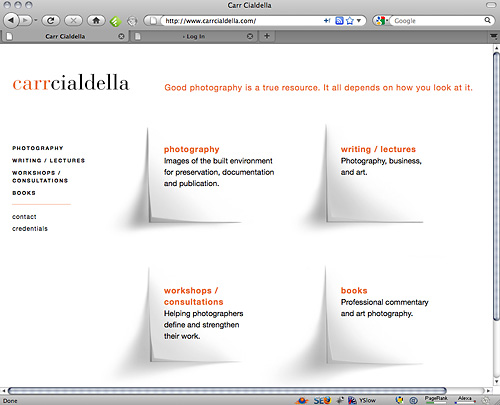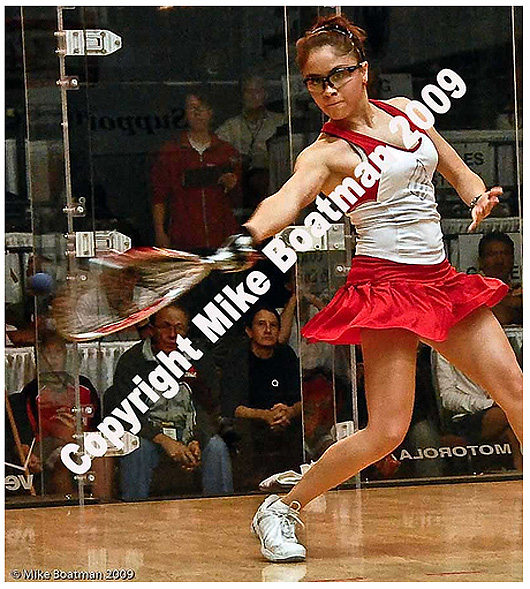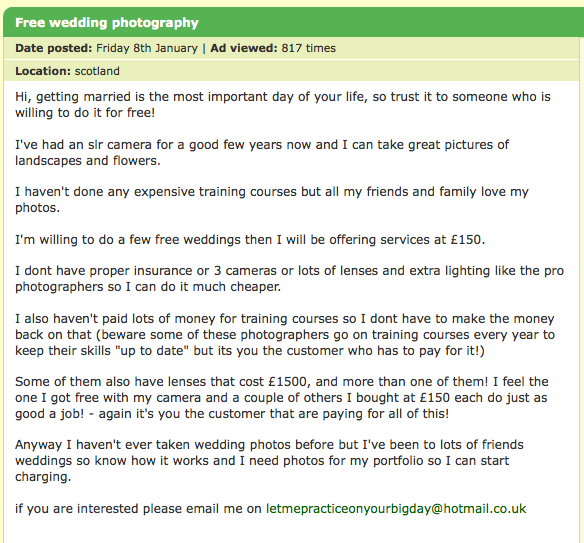LinkedIn: A Photographer’s Guide, Part 1
 It’s “Guest Post Wednesday” and we’re fortunate to have an excellent essay by Jorge Parra, a commercial and fine art photographer based in Miami, FL, whose work can be seen at www.jorgeparra.com. In it he shares his thoughts about how photographers can best leverage LinkedIn.
It’s “Guest Post Wednesday” and we’re fortunate to have an excellent essay by Jorge Parra, a commercial and fine art photographer based in Miami, FL, whose work can be seen at www.jorgeparra.com. In it he shares his thoughts about how photographers can best leverage LinkedIn.
One of the biggest mistakes made by photographers with regards to LinkedIn is joining photographer’s groups, since you will be preaching to the choir, and no marketing effort will have any value at all.
The main reason to showcase yourself in LinkedIn is to reach the people who may eventually become your clients, and usually, those do not spend any period of time in photographer’s groups or simply, never join them in the first place.
Put yourself in your client’s shoes and make educated guesses about where would they roam in Linkedin, then join those groups.
My database so far is well over 500 people in LinkedIn, and well over 400 are potential clients: creative directors of advertising agencies, owners of marketing boutiques, editors at nationwide and local magazines, and key people in the luxury markets, in the USA as well as Europe, Japan, South America, etc.
The reason you find so many comments about not getting work from LinkedIn comes from the fact that people are not linking their (best-looking) profile to the right people, in the right groups.
Once you have someone in your network, you have access to his or her email and other contact info, data which LinkedIn allows you to download to your computer to prepare a contact list. By definition, these contacts are opt-in, meaning they are all willing to exchange info with you, so you would not be spamming a single soul with your newsletters, promos or news updates.
Because you have this personal info, you’re able to send private, personalized emails, to very focused lists of people, those you REALLY want to work with, and make your best effort to reinforce your relationship with those highly specific people. Just last Saturday I got a request to link with one of the editors of Vogue America. I don’t know yet where will this lead, but no doubt, I will cherish and nurture this relationship with this very relevant contact!
So in essence, this is the least you can do with LinkedIn. There is still much more than this, but this in itself is a great thing, much more useful and powerful than the “personal messaging” on Facebook or any other social network media. I’m not saying FB is not another tool to explore, just that the ROI in time and effort vs. effectiveness, by far favors LinkedIn.
To this end, I consider Linkedin a Professional Networking Media, not a Social Networking Media. This distinction is critical.
Read part two of this article.











 groozi.com is a blog about negotiating and web marketing. Weekly posts are written primarily by me, Blake J. Discher, a
groozi.com is a blog about negotiating and web marketing. Weekly posts are written primarily by me, Blake J. Discher, a 
